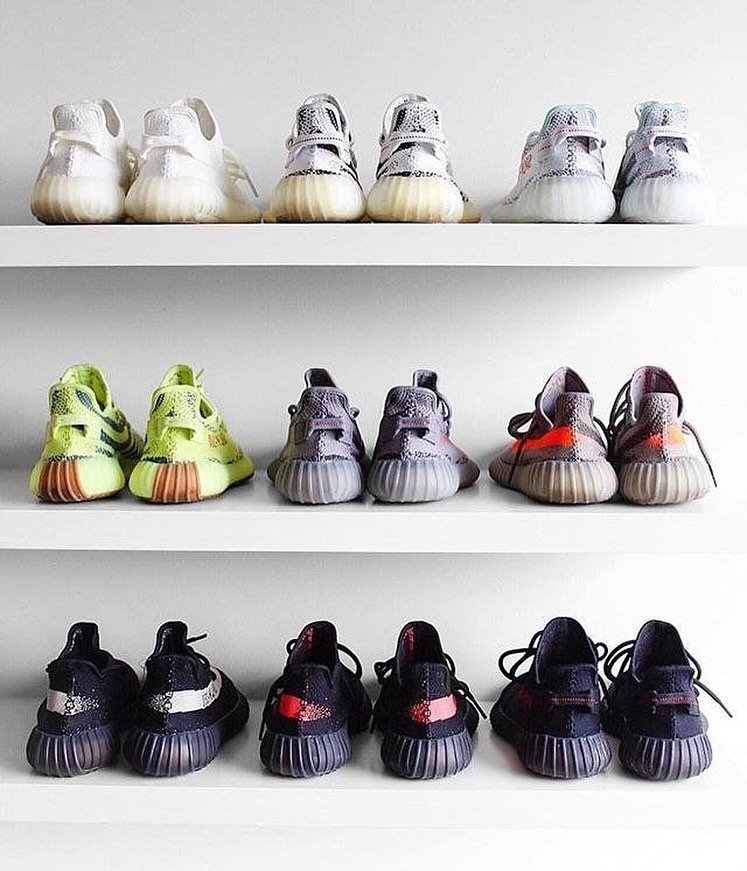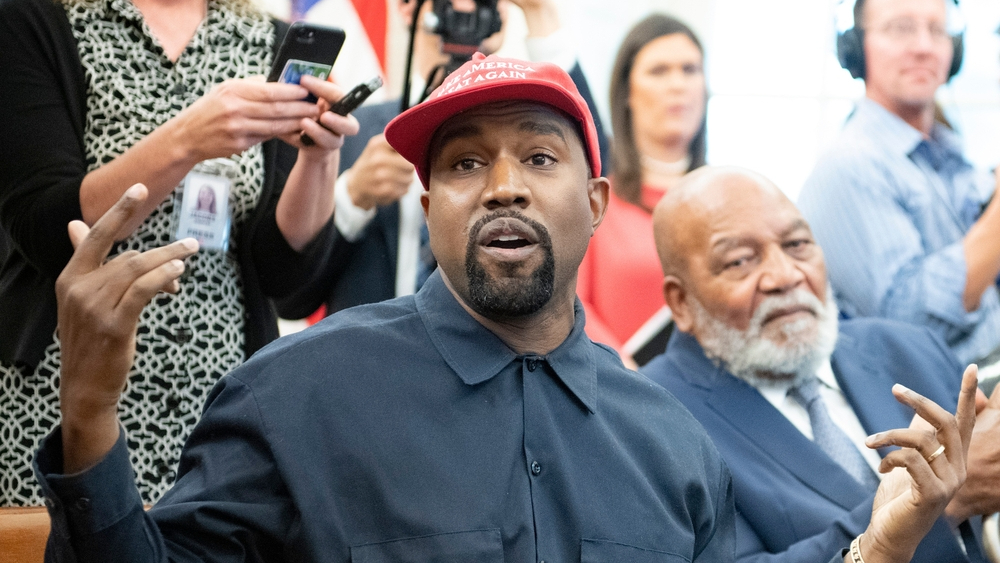Adidas and Yeezy: Navigating Controversy and Growth in 2025
Adidas Faces North American Sales Headwinds
Adidas, the global sportswear leader, reported a mixed third quarter in 2025, revealing a 5 % decline in North American sales. While the region struggled, global revenue grew 3 % to €6.63 billion ($7.73 billion). Experts attribute the regional decline largely to the termination of the Yeezy collaboration with rapper Kanye West and ongoing U.S. tariffs on imported footwear. (Reuters)
CEO Bjørn Gulden acknowledged the challenges, stating, “Our North American business is navigating a complex landscape, but our long-term focus remains on innovation and brand strength.”
The Fall of Yeezy: A Cautionary Tale in Celebrity Partnerships
Adidas’ partnership with Kanye West’s Yeezy brand once generated significant hype, driving global sneaker sales and brand visibility. However, Ye’s public controversies, including antisemitic remarks, forced Adidas to sever ties, leaving the brand to manage both financial and reputational fallout.
The company sold its final batch of Yeezy sneakers in late 2024 and allocated hundreds of millions in proceeds to anti-hate initiatives. Industry analyst Lucia Pittaluga explained, “Yeezy’s collapse underscores the risks of celebrity-led collaborations; while the brand can skyrocket, it can also become a liability almost overnight.” (The Independent)

Adidas’ Strategic Pivot: Premiumisation and Innovation
Despite Yeezy’s exit, Adidas reported an 8 % increase in North American sales excluding the Yeezy line. Globally, currency-neutral growth reached 12 %, driven by running shoes and performance apparel.
The company is now emphasizing:
-
Premiumisation: Enhancing product quality and exclusivity, boosting margins on popular lines.
-
Innovation in running and performance gear: Expanding market share in athletic categories that show strong consumer demand.
-
Supply chain resilience: Mitigating the impact of tariffs and global trade fluctuations while optimizing manufacturing.
Industry veteran Marcus Thompson noted, “Adidas is demonstrating agility—phasing out a controversial product while leveraging its core categories shows disciplined brand management.”

Shanghai,China-Dec. 18th 2022: adidas sports retail store at night.
Macroeconomic Factors and Tariff Impacts
U.S. import tariffs and a stronger euro have complicated operations, reducing profits by over €300 million. Adidas responded by adjusting pricing and sourcing strategies while maintaining global competitiveness.
Tariff-related cost pressures illustrate the wider challenges facing multinational consumer brands in 2025. Analysts suggest that companies that can combine operational efficiency with strategic marketing will remain leaders despite geopolitical uncertainty.
Yeezy Slide and Consumer Buzz
Despite the partnership ending, Kanye’s Yeezy Slide remains a cultural icon. Fans continue to seek out the limited editions through resale markets, demonstrating the enduring influence of past collaborations. (HotNewHipHop) This highlights the ongoing value of a strong brand legacy even after controversial exits.
What This Means for Consumers and Investors
Adidas’ experience illustrates the volatility of celebrity-driven collaborations and the importance of diversified revenue streams. Consumers may see higher prices on exclusive drops, while investors monitor the company’s strategic pivot away from high-risk celebrity partnerships toward sustainable growth.
According to analysis reviewed by CEO Today, Adidas’ future depends on balancing global expansion, innovative product lines, and reputational risk management, setting an example for other brands navigating celebrity collaborations.
FAQ – Adidas & Yeezy: Key Questions
Why did Adidas’ North American sales decline?
Primarily due to ending the Yeezy partnership and tariffs on imported footwear, despite an 8 % rise in sales excluding Yeezy.
What was the financial impact of Yeezy’s termination?
Adidas earned roughly €650 million from Yeezy in 2024 and allocated more than €200 million for anti-hate initiatives.
How is Adidas adapting for the future?
By focusing on premium products, innovation in running and performance gear, and resilient supply chain management to offset macroeconomic pressures.














